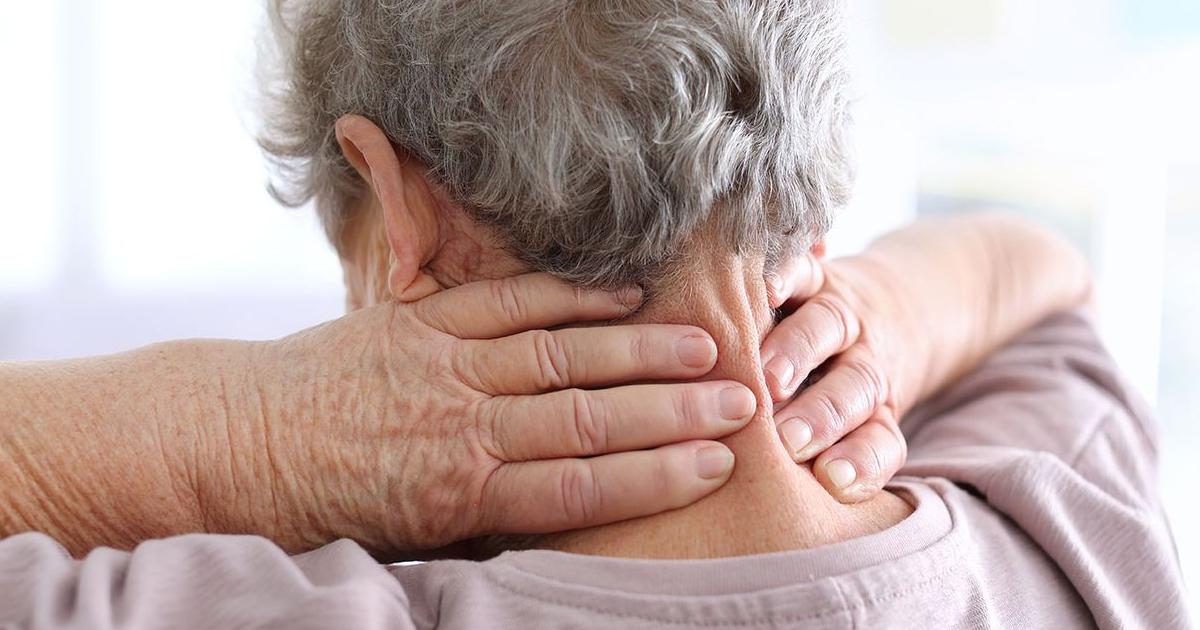Warning Signs Of Spinal Stenosis
Spinal stenosis occurs when the nerve roots or spinal cord become compressed. Most spinal stenosis patients experience it due to osteoarthritis. However, researchers say anyone over fifty years old is at risk of developing the condition. The diagnosis is based on the patient's medical history and symptoms. There are a wide variety of different symptoms, and the impact on different patients also varies. Some might experience only mild discomfort and pain. In contrast, others might have debilitating and chronic symptoms that inhibit day-to-day life.
Spinal stenosis treatment depends on where the condition is located as well as its severity. However, patients commonly require pain medication. They may also need tricyclic antidepressants or anti-seizure meds. Steroid injections, physical therapy, and even surgery for spinal stenosis are also used. A patient's spinal stenosis cure is a discussion they must have with their doctor.
Numbness And Tingling

Spinal stenosis occurs when the spaces in the spine narrow. This puts pressure on the nerves traveling throughout the spine, including the nerves within the spinal cord and the nerve roots of the peripheral nervous system. One of the most common symptoms is numbness and tingling. The condition most commonly develops in the neck and lower back. However, patients might experience numbness and tingling concentrated in other parts of the body as well. The tingling and numbness might become worse over time.
Some patients do not notice the symptoms initially, or they find them so mild they do not cause concern. However, doctors should evaluate any tingling and numbness, as it indicates a nervous system issue. When spinal stenosis involves narrowing in the neck, patients might experience numbness and tingling in a leg, foot, arm, or hand. When it occurs in the lower back, patients are less likely to experience hand numbness. However, they may still experience numbness in their leg or foot.
Continue reading to reveal more symptoms of spinal stenosis now.